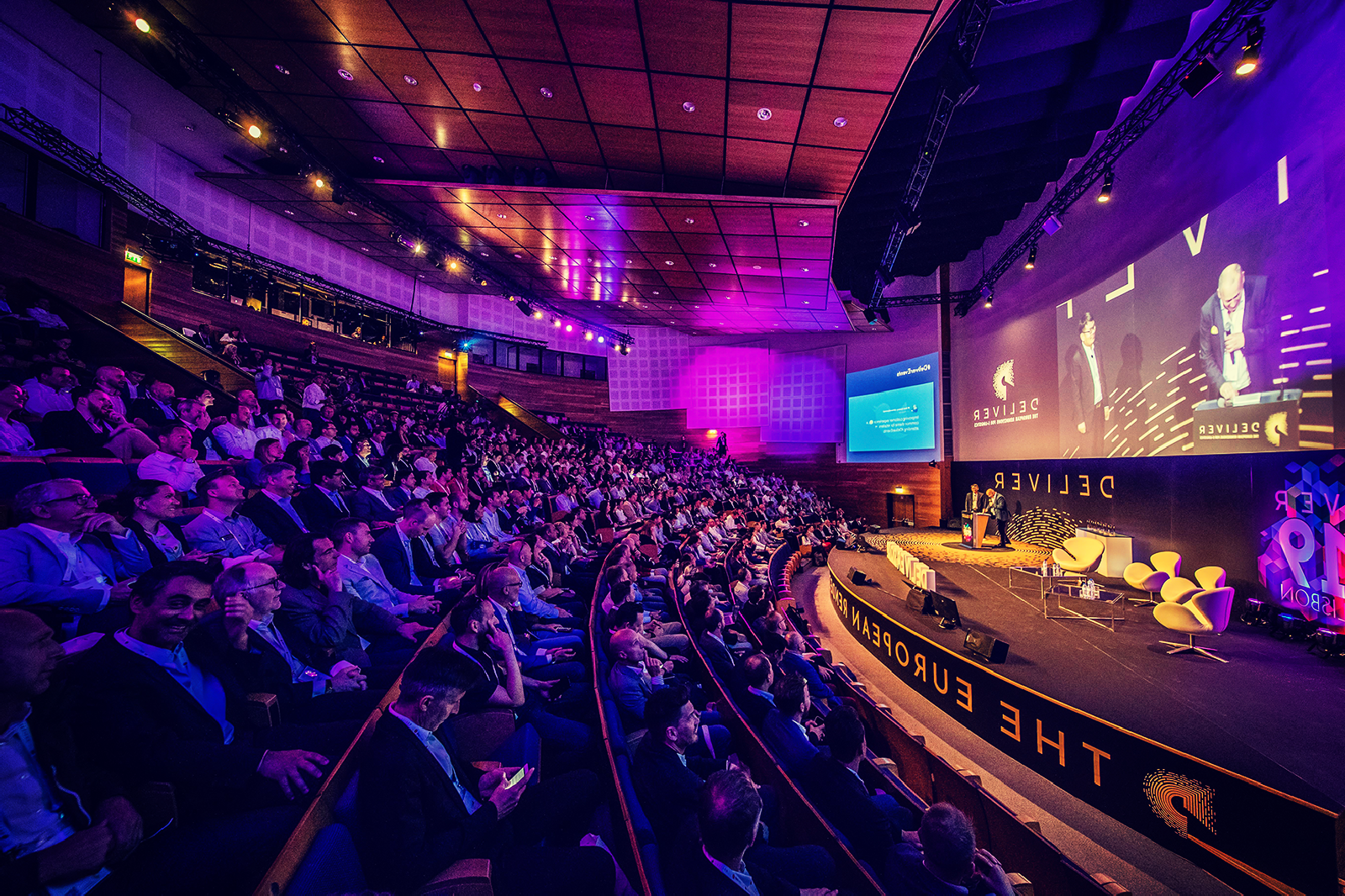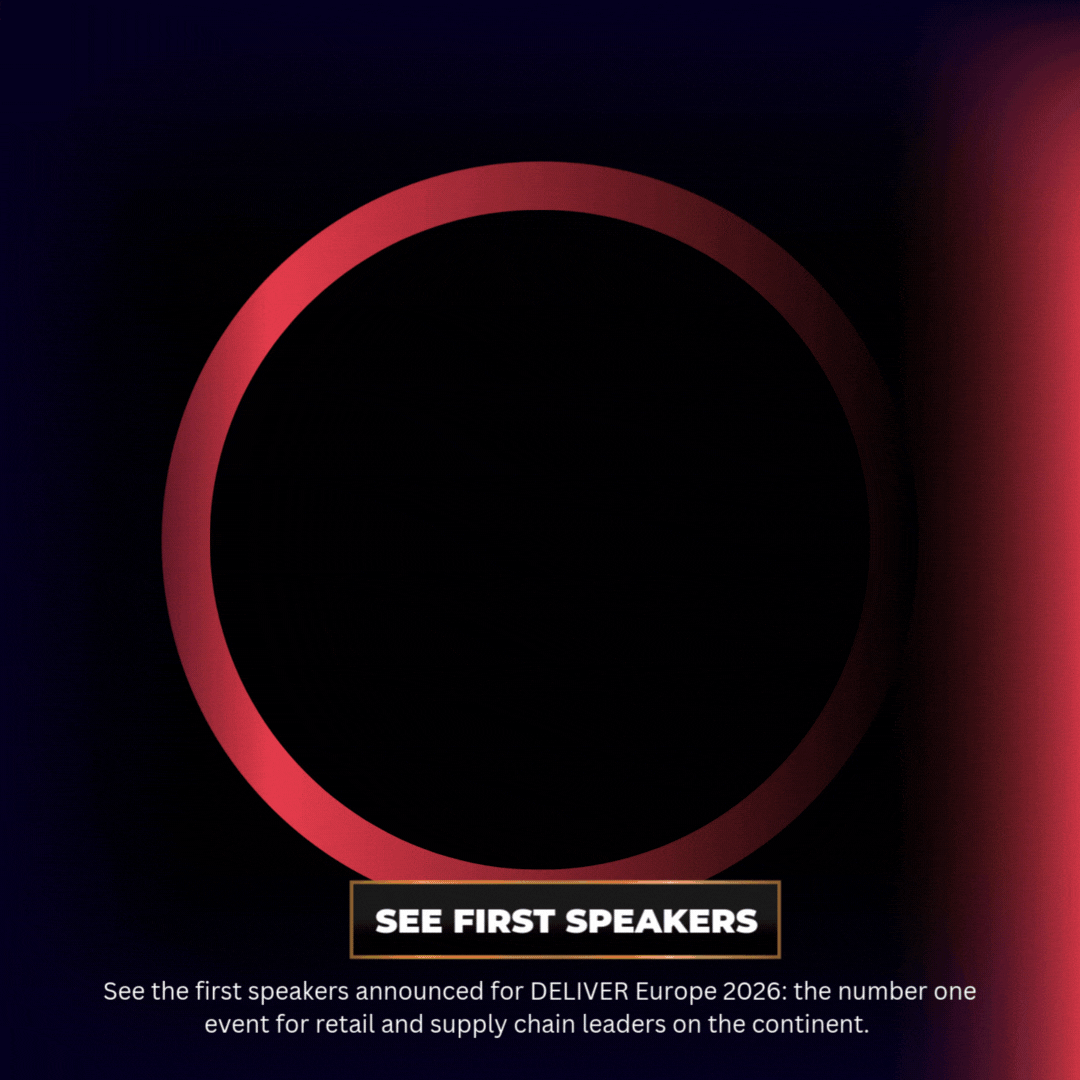Smarter Logistics in Retail: GXO & John Lewis on Innovation and Trust
In this dynamic DELIVER Europe 2025 breakout session, Tony Mannix of GXO and Christina Slater of John Lewis unpack the evolution of logistics from a cost centre to a strategic enabler of customer trust, competitive growth, and sustainability. The conversation explores how innovation in supply chain and fulfilment is transforming the retail landscape—from first click to final return.
The Evolution of Retail Logistics
Tony Mannix begins by charting a century of retail change—from department stores and barcodes to online transactions and omni-channel models. He emphasises that logistics has moved from “trucks and sheds” to a competitive advantage deeply integrated with product personalisation, inventory strategy, and end-to-end customer experience.
Meanwhile, Christina Slater provides a unique perspective from John Lewis, a co-owned British department store chain. She highlights the retailer’s century-long journey—from a single Oxford Street shop to one of the UK’s largest omnichannel retailers, with 60% of sales online. Their guiding principle: always start with the customer.
Key Milestones in Digital Fulfilment Strategy
John Lewis’ success has hinged on strategic logistics investments:
-
2006: Launch of a fully automated warehouse, enabling next-day delivery.
-
2016: Partnered with GXO to create Clicklink Logistics, tailored for retail click-and-collect.
-
2025: Transitioning to fully “omni” stock management—unifying store, online, and digital channels.
Each move helped John Lewis improve inventory visibility, reduce waste, and create fast, flexible delivery and return options.
The Rise of Circular Retail and Pre-Loved Logistics
Both speakers highlighted circularity and resale as the next frontier:
-
Over 50% of UK adults now buy second-hand.
-
Resale is expected to account for 10% of the global fashion market by 2029.
-
GXO’s partnership with Swedish brand POP shows how brands can own pre-loved commerce by streamlining returns, refurbishment, and resale directly.
The key? Making reverse logistics fast and value-preserving—whether for shoes, tech, or children’s clothes.
Packaging, Returns, and Waste Reduction
Christina identifies packaging as retail’s “dirty secret,” noting rising scrutiny and regulatory pressure. Efficient packaging strategies and smarter click-and-collect networks, like GXO’s shared-use solution, help cut waste and cost. At the same time, returns—now the biggest supplier to John Lewis—must be processed swiftly to avoid markdowns and preserve capital.
Tony explains how GXO handles 30 million parcels annually, with 24-hour SLAs for returns, and value recovery processes including:
-
Spot cleaning and re-labelling
-
Tech repairs and data cleansing
-
Integration with resale marketplaces and eBay stores
Retail of the Future: Speed, Sustainability, and Elastic Logistics
Looking forward, both speakers agree on several retail imperatives:
-
Rapid delivery: 45% of UK adults bought through rapid commerce in the last year.
-
Elastic logistics: Shared-use distribution networks allow even large retailers to remain agile and avoid overinvestment.
-
Data-driven logistics: From AI-led demand forecasting to real-time stock syncing across channels.
As Tony Mannix concludes: “Retail will keep evolving. The challenge for logistics partners is to be ready to pivot—quickly.”



